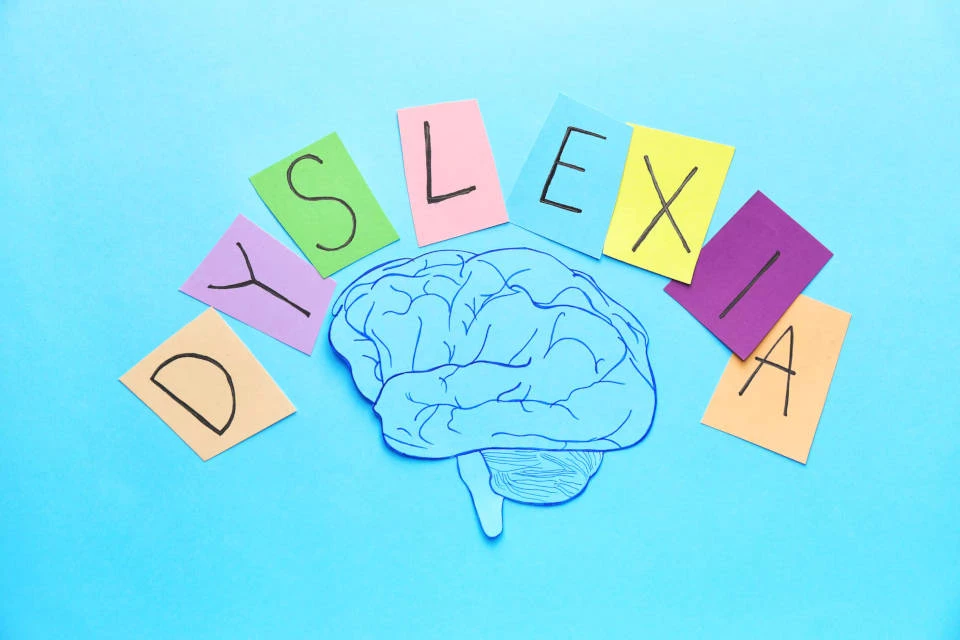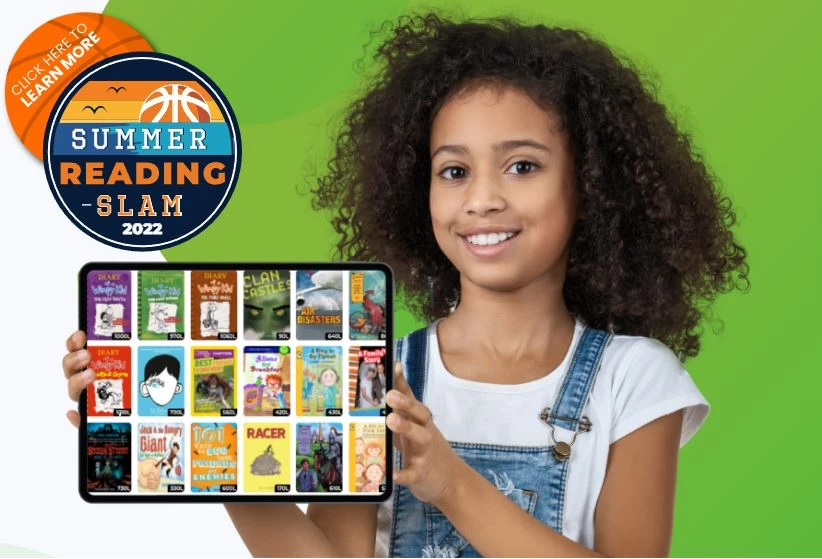
1. About Dyslexia
Dyslexia is a language disorder where phonology is impacted. Children who have dyslexia have difficulty learning to read due to this underlying phonological difficulty. While this difficulty with phonological skills interferes with decoding, it does not interfere with the other language skills. This is why bright children with strong language comprehension can be dyslexic. The language skills needed for understanding are not impacted. Historically, dyslexia was seen as a visual problem. This has been proven false. Individuals who have dyslexia may have visual strengths.
2. Color Cueing in Multisensory Programs
Because of this multisensory phonics programs sometimes use color cueing to help a child who has dyslexia. This color cueing allows children with dyslexia to have a visual reminder to aid them in identifying the different phonological features. Many multisensory phonics programs may use this to help children learn the groupings of vowels, consonants, welded sounds, suffixes or prefixes, and exceptions to syllable types. Different programs may use different colors to identify certain sounds. No matter what color coding is used, the visual cue can help a child to identify the phonological patterns in words they might not otherwise.
3. Color Overlays
Color overlays can sometimes be used to help a child who frequently loses their place while reading. Since dyslexia is a phonological difficulty and not a visual one, these products do not help with the reading challenges a child who has dyslexia may face1,2. However, they can help a child keep their place while reading and eliminate distractions. Teachers may hand out these “reading highlighters” or a bookmark or index card to allow a child to focus on one line at a time. This tool has been duplicated in LightSail’s Personalized Reader. The reading window replicates this experience and helps a child to more easily track while reading the text.
LightSail is designed to help your child! Let LightSail’s Personalized Reader help your child explore any number of the tens of thousands of books available in their library. Your child can utilize tools and settings designed especially for their needs. With books on a huge variety of topics, there will be many books and texts your child will love.

1 American Optometric Association. (2004). The use of tinted lenses and colored overlays for the treatment of dyslexia and other related reading and learning disorders. St. Louis, MO: Author. Retrieved on June 12, 2005, from www.aoa.org/documents/TintedLenses.pdf
2 Iovino, I., Fletcher, J.M., Breitmeyer, B.G., & Foorman, B.R. (1998). Colored overlays for visual perceptual deficits in children with reading disability and attention deficit/hyperactivity disorder: Are they differentially effective? Journal of Clinical & Experimental Neuropsychology, 20, 791-806.
Posted on 10.Oct.21 in Struggling Readers




